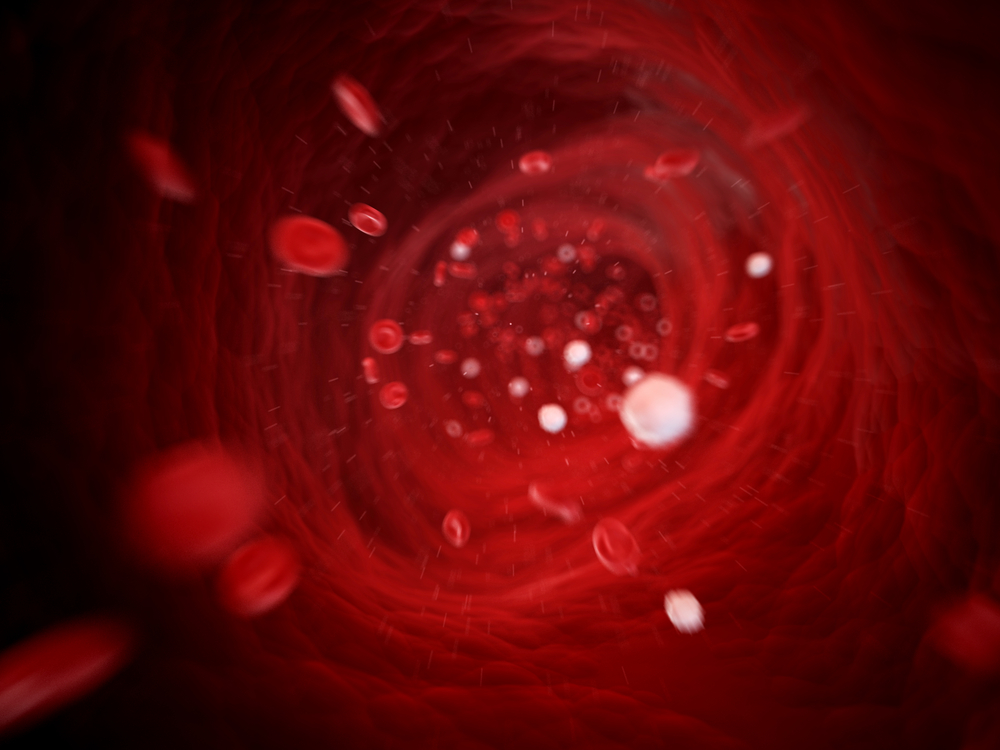Vascular Constrictor Seen as Target in Treating Pulmonary Arterial Hypertension

The vascular constrictor coupling factor 6 (CF6) is involved in the development of pulmonary arterial hypertension by creating an imbalance in the inner lining of lung blood vessels, part of larger process known as endothelial dysfunction, according to a recent study by Chinese researchers.
The study, “Lung-specific RNA interference of coupling factor 6, a novel peptide, attenuates pulmonary arterial hypertension in rats,” published in the journal Respiratory Research, suggests that blocking CF6 might be a promising therapeutic approach for PAH and pulmonary artery remodeling.
Pulmonary arterial hypertension, or PAH, is a life-threatening disease characterized by pulmonary vasoconstriction, endothelial cell proliferation, smooth muscle cell proliferation, and the formation of blood clots, leading to progressive pulmonary hypertension.
Although current therapies can improve symptoms, morbidity and mortality rates are high in PAH patients, suggesting that important disease mechanisms are minimally affected by these treatments. New and more effective therapeutic approaches are needed.
The vascular constrictor CF6 has emerged as a potential player in PAH pathogenesis due to its ability to affect the workings of the vascular system by suppressing the synthesis of vasodilators, such as prostacyclin and nitric oxide, that relax and widen blood vessels. The exact involvement of CF6 in PAH development, however, had not been previously assessed.
Researchers found that the levels of CF6 in the lungs of a monocrotaline-induced PAH rat model were two- to six-fold higher than in control rats, demonstrating that CF6 is activated during PAH development.
To assess the role of CF6 in the pathology of PAH, the research team inhibited the expression of CF6 in these rats. This was achieved by injecting interfering RNA directly into the lungs of PAH rats; the interfering RNA was designed to induce the degradation of CF6 RNA molecules.
Results revealed that CF6 inhibition prevented macrophage infiltration, reversed endothelial dysfunction and vascular remodeling, ameliorating of the severity of pulmonary hypertension and right ventricular failure in the animals. Importantly, CF6 inhibition was seen to improve PAH symptoms not only when injected as a pretreatment, but also as a rescue intervention.
Consistent with previous findings, the researchers found that CF6 silencing also led to an increase in prostacyclin production in lung tissues and blood serum. This is important, as prostacyclin plays a crucial role in the regulation of vascular homeostasis (stability), inhibiting the proliferation and migration of muscle cells that surround the blood vessels, and preventing the formation of blood clots.
Overall, the findings suggest that CF6 may be a target molecule for novel therapeutic strategies in the treatment of clinical PAH.







